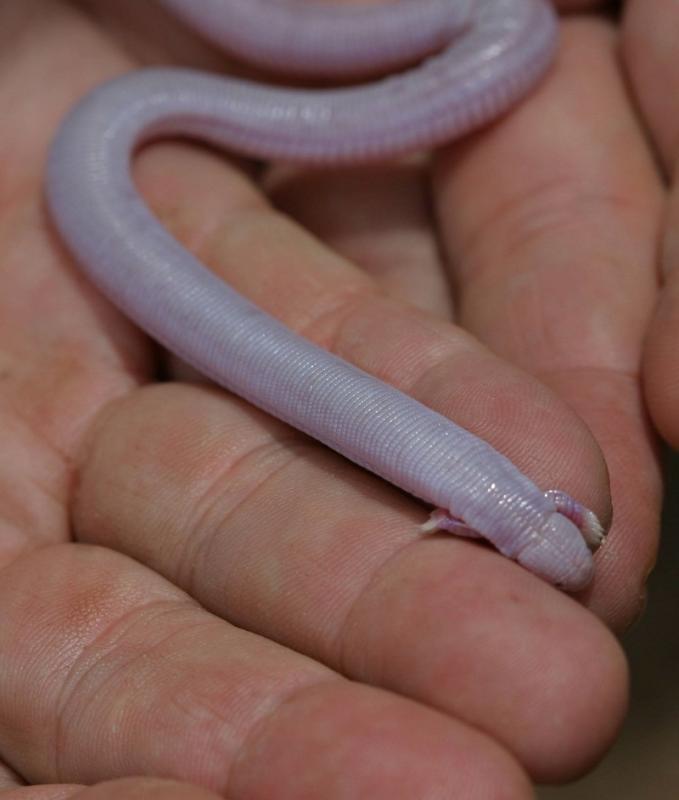The researchers attach their shovels near a termite mound. They dig up the soil for hours. Apart from beetle larvae, spiders and termites, they find nothing on this day. The amphisbaenians have made themselves scarce.
Project manager Johannes Müller explains that amphisbaenians are difficult to find because they live in the ground. On the research trip to Mexico, he and his team were on the lookout for these animals, which look and live like a worm, but are actually reptiles and close relatives of the lizards, which also live in Germany. About the mostly legless amphisbaenians not much was known so far.
"We want to know how and where the animals developed evolutionarily and have analysed their species diversity and blueprints," said Müller. To this, the researchers investigated the relationship between the species, which are still alive today, on the basis of their genetic material and combined the results with fossil data.
The ancestors of the 200 still living species were common in Europe, North and South America and Africa. Nevertheless, a very close relationship between the species can be observed, which raises questions: Why does a amphisbeanian living exclusively in Cuba have a close relationship to a Spanish species?
Müller also used computer tomography to investigate the anatomy of the animals. The heads of the amphisbaenians have so far been described as keel-shaped, chisel-shaped, spatula-shaped or roundish. However, this categorization used so far is too general and does not represent transitional forms of development. The diversification is recognizable by further characteristics. Amphisbaenians drill their way through the loose soil with the help of their heads. Like the head-form and locomotion-manner, also the construction of the vertebra differs with the animals.
Most amphisbaenians have no legs. The researchers found out that they have lost these independently of each other during evolution. Nevertheless, they still have shoulder muscles which were not reduced but only rebuilt in their development.
The basic research carried out by Müller and his team offers a new analysis and biogeography of the group of amphisbaenians, which has so far been little researched.
Project title
Evolution, biogeography, and fossil history of the Amphisbaenia (Reptilia, Squamata)
Partners
Universidade de São Paulo, Brasilien
Duration
01.09.2012 – 31.12.2017
Funding
Deutsche Forschungsgemeinschaft - DFG
